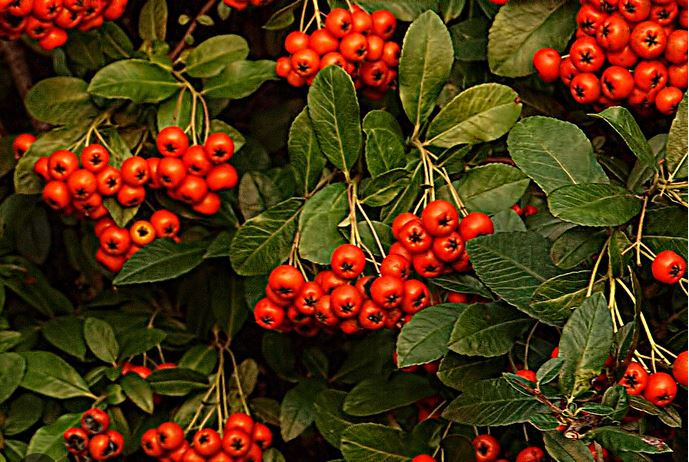Foraging
- Hwy Blog
- Sep 26, 2022
- 3 min read

There are many types of plants that can be safely eaten in the wilderness. Here are just
a few examples:
Dandelions: The entire dandelion plant is edible, including the roots, leaves, and flowers. The leaves have a slightly bitter taste and can be eaten raw or cooked, while the flowers can be used to make dandelion wine. The roots can be roasted and ground to make a coffee substitute.
Cattails: Cattails are a type of wetland plant that are found near ponds and streams. The young shoots can be eaten raw or cooked, while the rootstocks can be peeled and eaten raw or roasted. The pollen can also be collected and used as a flour substitute.
Pine trees: Pine trees can be a source of food in the wilderness, especially in the winter when other plants are not available. The inner bark of pine trees is edible and can be eaten raw or cooked. It has a slightly sweet, resinous taste. Pine needles can also be used to make tea.
Acorns: Acorns are the nuts of oak trees and can be a good source of food in the wilderness. However, they must be properly prepared before they can be eaten. The tannins in acorns make them bitter and inedible, so they must be leached to remove the tannins. This can be done by boiling the acorns in water and then discarding the water several times until the bitterness is removed.
Berries: Many types of berries can be found in the wilderness, including strawberries, raspberries, blackberries, and blueberries. These can be eaten raw or used to make jams and other preserves.
Wild onions: Wild onions can be found in fields and meadows and can be identified by their distinctive onion-like scent. The bulbs and leaves are both edible and can be eaten raw or cooked.
Nuts: Many types of nuts can be found in the wilderness, including acorns, hickory nuts, and chestnuts. These can be a good source of protein and can be eaten raw or roasted.
Grains: Wild grains, such as wild rice and amaranth, can be found in the wilderness and can be eaten as a grain or ground into flour.
Cactus: The pads and fruit of some types of cactus are edible. The pads can be peeled and eaten raw or cooked, while the fruit can be eaten raw or used to make jam.
Seaweed: Seaweed can be found along the coast and can be a good source of vitamins and minerals. It can be eaten raw or dried and used as a seasoning.
Berry's: The Good and the Bad

There are many different types of berries that can be eaten, and some that should not be eaten due to their toxic properties. Here is a list of some common berries, along with information about whether they are safe to eat: Safe to eat:
Blueberries: These are small, sweet, and juicy berries that are rich in antioxidants and vitamins. They can be eaten fresh or used in cooking and baking.
Strawberries: These are sweet and flavorful berries that are high in vitamin C and other nutrients. They can be eaten fresh or used in a variety of dishes.
Raspberries: These are small, tart berries that are high in fiber and antioxidants. They can be eaten fresh or used in cooking and baking.
Blackberries: These are sweet and juicy berries that are high in vitamins and minerals. They can be eaten fresh or used in cooking and baking.
Not safe to eat:
Elderberries: While the flowers and leaves of the elderberry plant are not toxic, the berries contain a substance called glycoside, which can cause nausea and vomiting if ingested.
Holly berries: These berries are toxic to humans and can cause nausea, vomiting, and diarrhea if ingested. They are also toxic to pets.
Jerusalem cherry: These berries contain a toxic compound called solanocapsine, which can cause symptoms such as nausea, vomiting, and abdominal pain if ingested.
Nightshade berries: There are several types of nightshade plants, including deadly nightshade and black nightshade. The berries of these plants are toxic and can cause symptoms such as hallucinations, dizziness, and difficulty breathing if ingested.
There are many other types of berries that can be eaten, including cranberries, currants, gooseberries, and more. It is always important to be sure that a berry is safe to eat before consuming it.
Here are a few books with detailed description and photographs to help you identify various plants and berry's







Comments